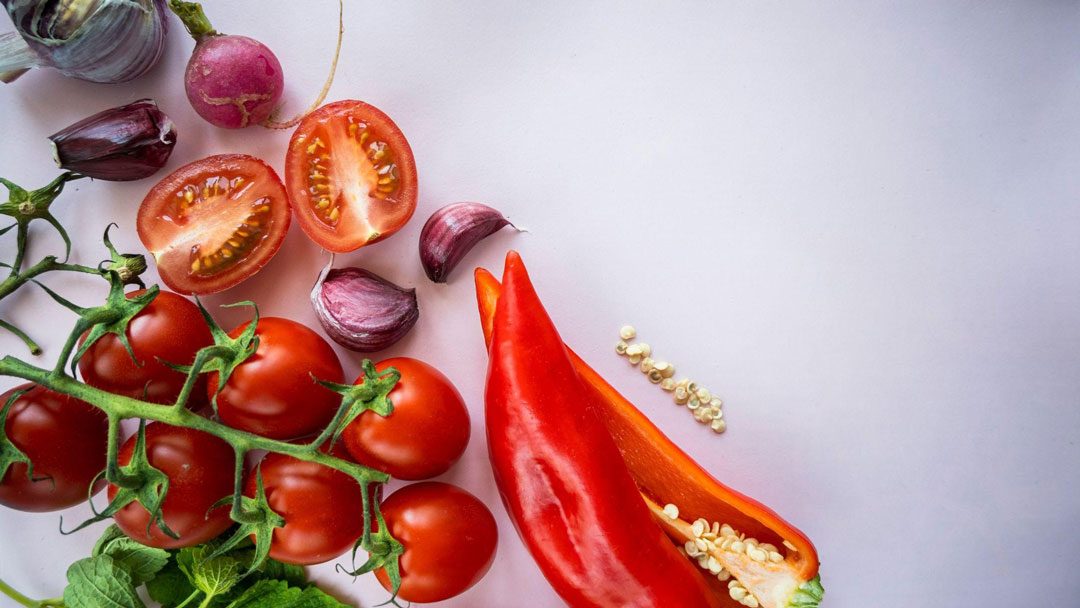5 Ways to Make Vegetables Taste Amazing
Many view vegetables as bland, but they have the potential to be truly delicious, healthy, and satisfying. The key is knowing how to best handle vegetables from start to finish, from choosing them at the grocery store to preparing and plating. Read on to discover how to select, prepare, and cook vegetables so they are delicious and satisfying.
Purchase Seasonal Vegetables
One of the key tips for making tasty vegetables is to purchase seasonal produce. Seasonal vegetables have superior flavor compared to their out-of-season counterparts. Seasonal produce is also generally more nutritious.
You'll get larger portions when produce is in season, providing more for your money. Additionally, seasonal options will often be cheaper at the grocery store. If you're unsure what's best to buy during different times of the year, a quick online search can provide seasonal produce guides.
Generously Season Your Vegetables
Don't be afraid to season your vegetables generously. While fresh, seasonal produce has a great natural taste, boosting flavor with spices and seasonings takes things to the next level. At a minimum, salt and pepper should enhance any dish, but experimenting with a variety of spices allows you to customize flavors. Dried herbs are simple to incorporate and offer diverse profiles. Spices can also deepen the flavor of vegetables. Try ground spices like cumin, ginger, allspice, and coriander, which provide warmth.
Red pepper or cayenne pepper will give your food some heat. Another tasty option is a spicy miso sauce. It brings savory umami flavor and a touch of heat to veggies. With creative seasoning, vegetables can truly sing.
Massaging
Hearty greens need a bit of preparation before enjoying them to make them more palatable. Greens like kale are very nutritious but can taste bitter, especially when raw. A simple technique called massaging helps reduce bitterness and softens the leaves.
Drizzle kale with a small amount of oil or salad dressing and a pinch of salt. Then, use your hands to rub and squeeze the coated leaves lightly. Massaging the seasoning into the kale physically breaks down the tough cell structure over a few minutes. This makes the leaves more tender and less chewy or astringent.
Stuffing
There are many tasty things to stuff veggies with, like rice, other grains, meat, cheese, and more. Stuffed veggies become the star of the meal. Bell peppers are often stuffed, but you can also fill up other veggies. You can take the insides out of things like eggplant, zucchini, mushroom caps, summer squash, baked potatoes, or artichokes. Then, fill them up.
Experiment With Different Cooking Methods
It's important to try cooking veggies in different ways to enjoy them more. Boiling and steaming can often make veggies mushy and boring. Thankfully, there are tastier options. Air frying lets you eat crunchy foods without extra fat and calories. You can also grill vegetables with a bit of olive oil and seasoning. Roasting with olive oil in the oven brings out their natural sweetness. Sautéing veggies in butter or oil on the stove is similar. Blanching veggies briefly in boiling water and then cooling them in ice water perks up their flavor for dips.
Endnote
Consuming vegetables each day does not have to be a chore. By getting creative with cooking and presenting vegetables, you'll learn skills you can use for a long time. Making veggies the primary part of meals only takes small tweaks, but those tweaks can increase how much you enjoy eating vegetables.


